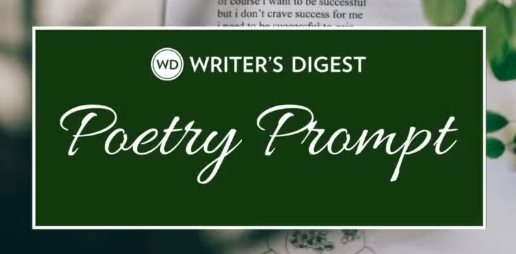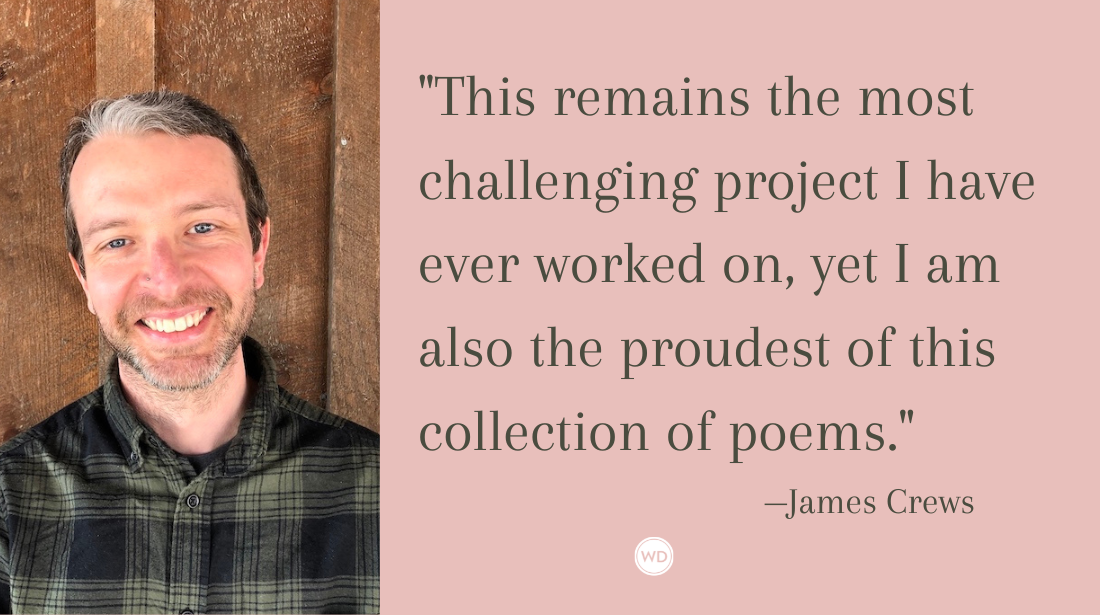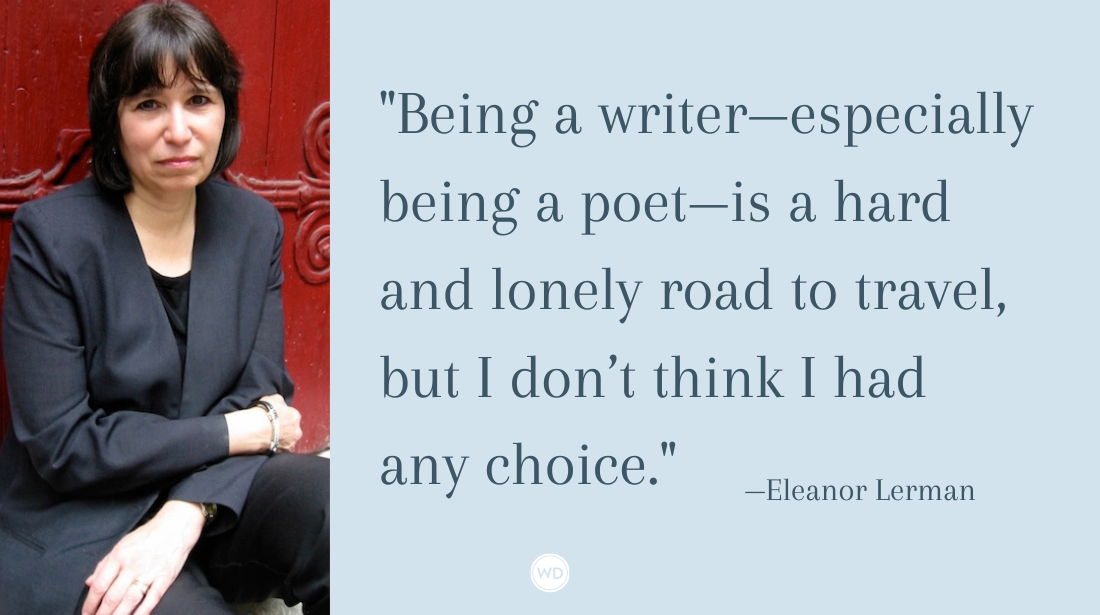Haibun Poems: Poetic Forms
The haibun is the combination of two poems: a prose poem and haiku. The form was popularized by the 17th century Japanese poet Matsuo Basho. Find guidelines and an example here.
The haibun is the combination of two poems: a prose poem and haiku. The form was popularized by the 17th century Japanese poet Matsuo Basho. Both the prose poem and haiku typically communicate with each other, though poets employ different strategies for this communication—some doing so subtly, while others are more direct.
The prose poem usually describes a scene or moment in an objective manner. In other words, the pronoun "I" isn't often used—if at all. Meanwhile, the haiku follows the typical rules for haiku.
*****
Play with poetic forms!
Poetic forms are fun poetic games, and this digital guide collects more than 100 poetic forms, including more established poetic forms (like sestinas and sonnets) and newer invented forms (like golden shovels and fibs).
*****
Here is my attempt at a haibun:
"1985," by Robert Lee Brewer
In the shadow of the Nevado del Ruiz, rice farmers woke as if on any other morning. Their daily pleasures and worries were the same as always. Even the smoke and eruptions that afternoon were familiar—though masked by a thunderstorm—no one aware of the approaching lahars.
not the sound
but drops of rain
scatter ants






